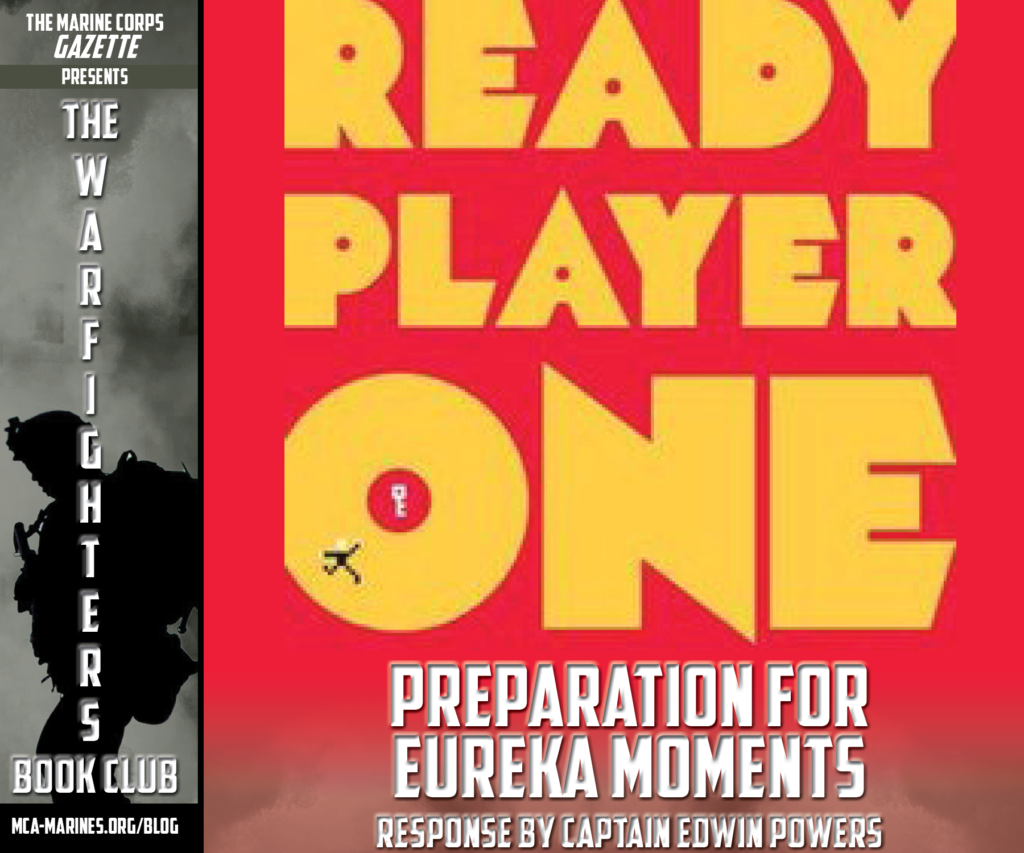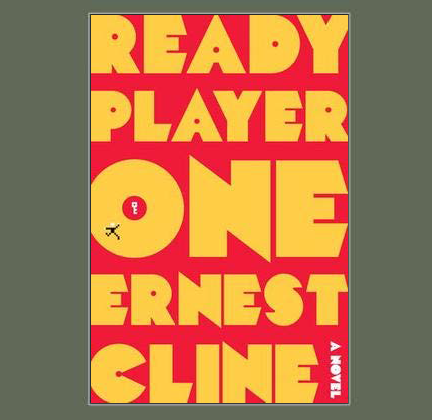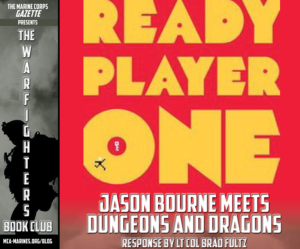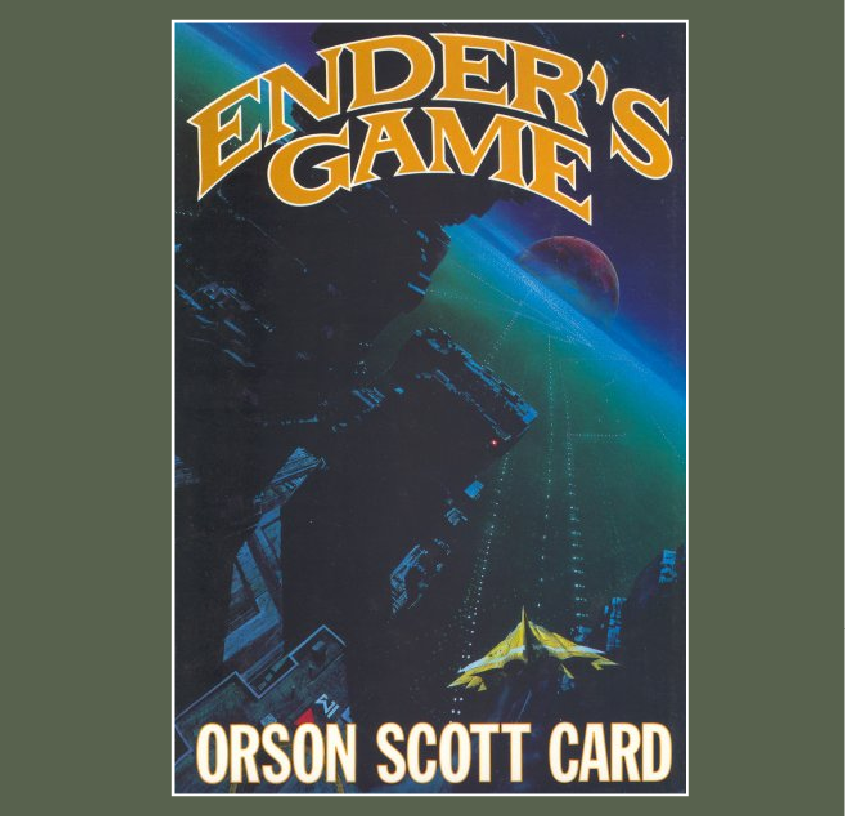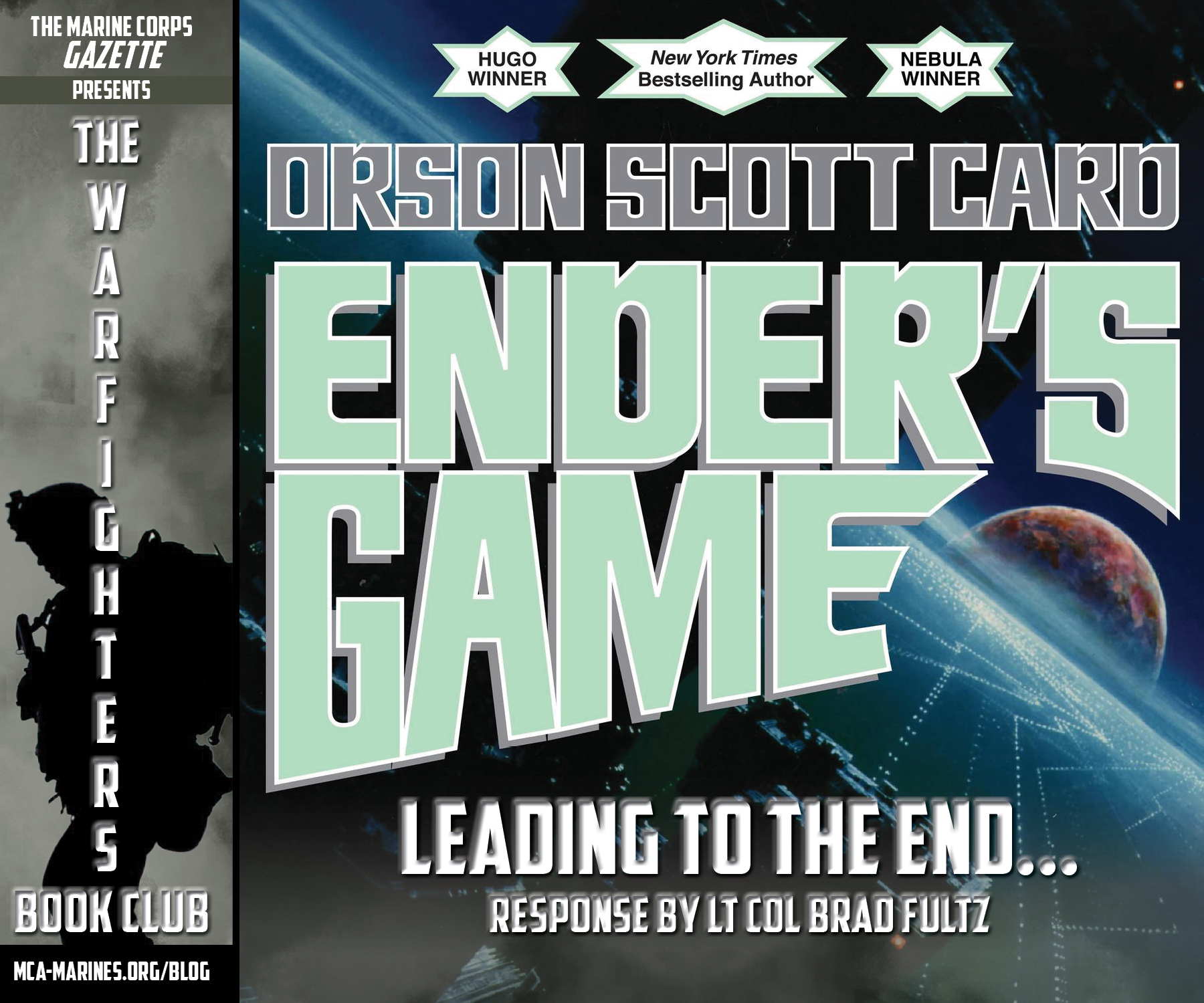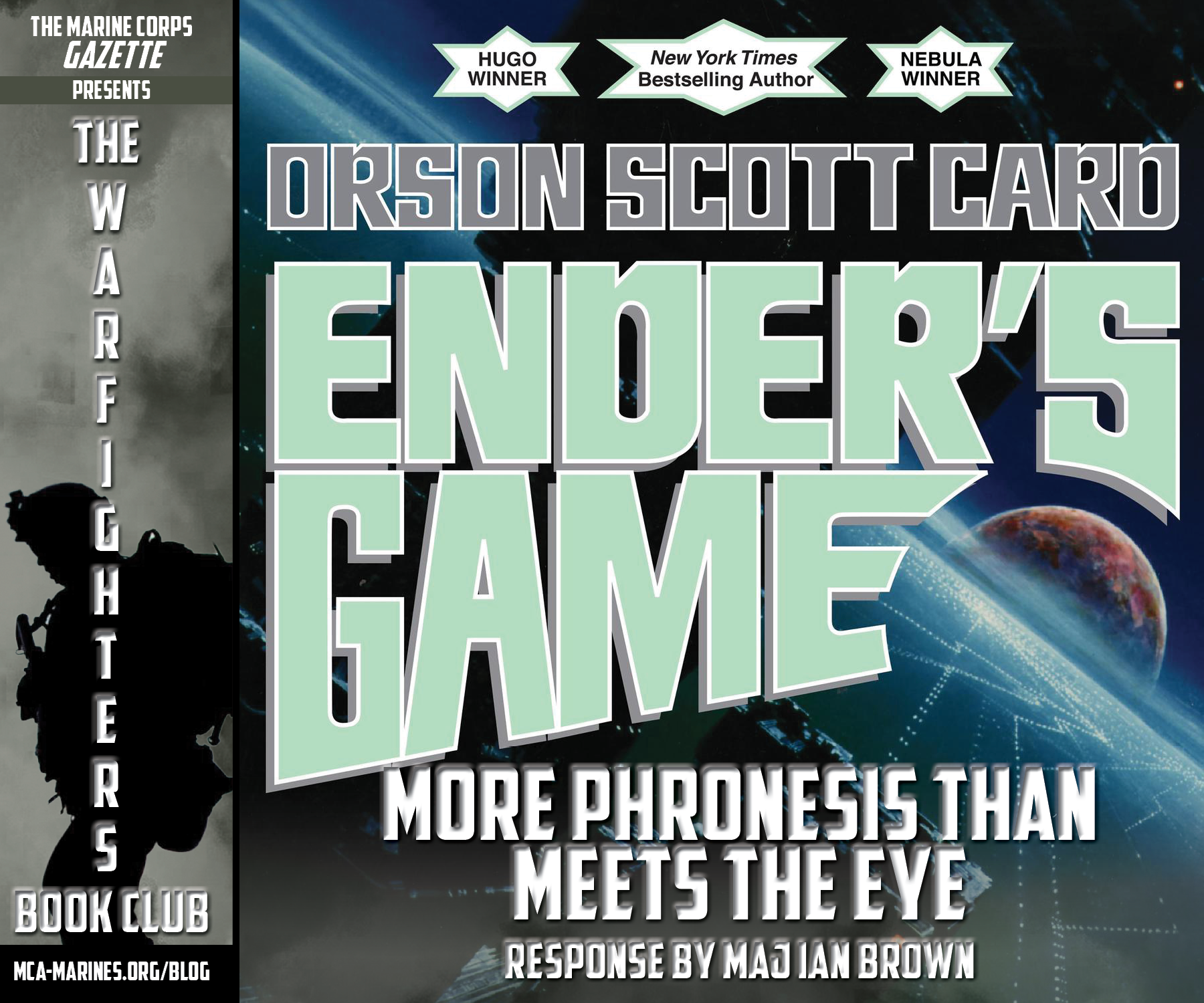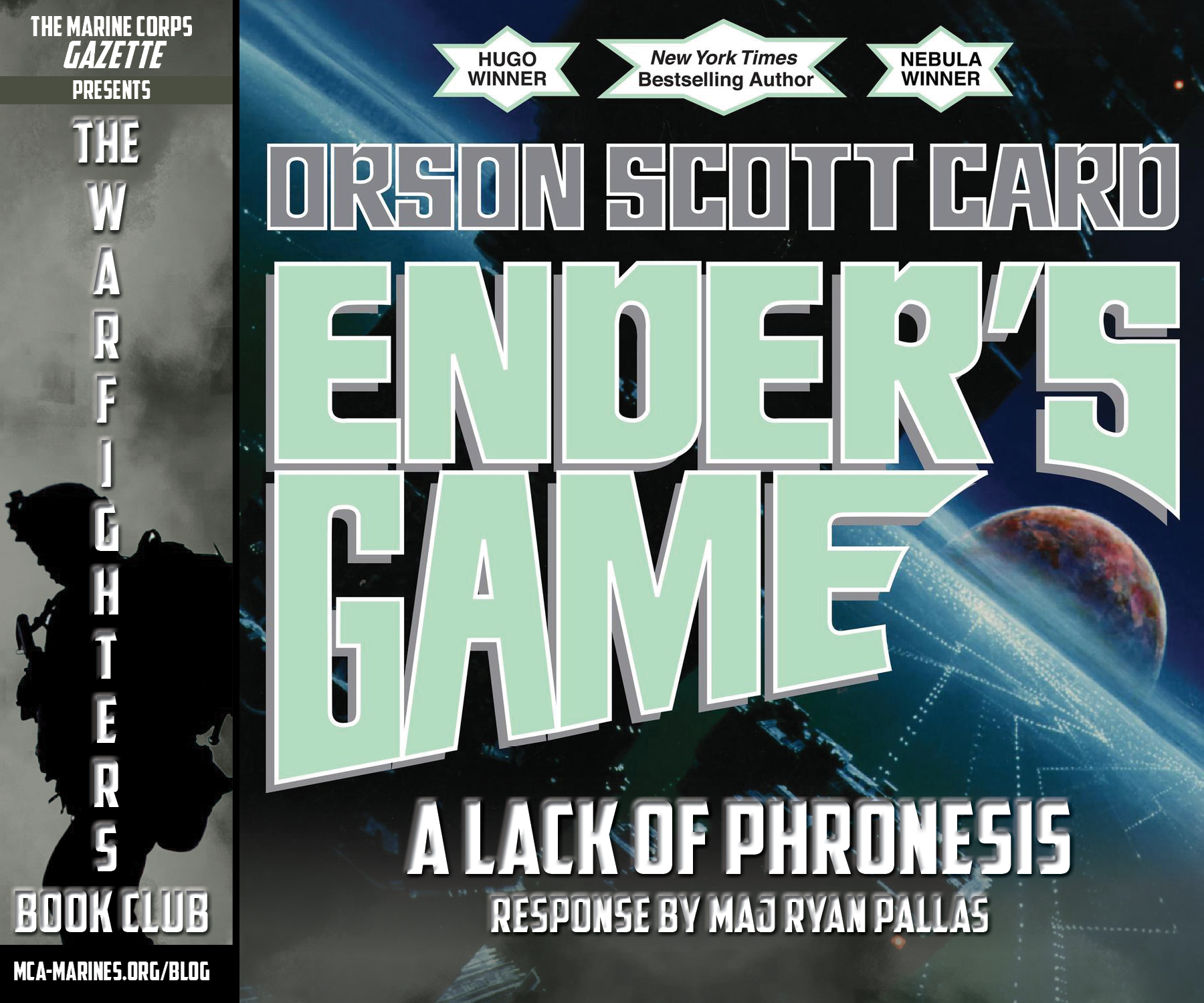reviewed by 2ndLt Austin Swink
Originally published in the September 2018 Marine Corps Gazette.
Ready Player One explores the economics of cyberspace in a way that a layperson can understand. In his novel, Ernest Cline provides a view of a world in which resources outside of the cyber world, “The Oasis,” are scarce, and the quality of life for most Americans has significantly declined. As a result, the critical infrastructure in this world is the virtual world, where resources are plentiful and opportunity is rich.
Soon, we may see the increased automation of the American workforce. With this innovation, many lower-skilled positions will no longer be available. Many Americans will move to the cyber domain for work. This has already begun with the rise of the so-called “gig-economy,” in which permanent long-term occupations became scarcer after the last financial crisis, and a flood of college graduates decided to seek out temporary work and side-jobs in cyberspace. Often this work is done from home, with little to no interaction with the outside world, co-workers, or consumers. This cyber sector of the economy will likely grow, and Ready Player One rightly demonstrates how cyberspace is a critical infrastructure in the new economy.
Ready Player One shows how an advanced warfighting organization can be defeated in the cyber domain by using its strengths against itself. In the novel, a large corporation, Innovative Online Industries (IOI), functions like a military in the cyber world. It deploys avatars, controlled by its employees, into the virtual world in order to affect the domain to its advantage. In the book, this means competing and fighting in the domain for control of The Oasis. Without getting into too much analysis, it is clear that IOI could be comparable in operations and tactics to the Marine Corps. It may not be a stretch to call IOI a subscriber to a cyber version of maneuver warfare. However, its strengths soon become its critical vulnerabilities.
Peter Singer, a strategist and senior fellow at the New America Foundation, a think tank in Washington, DC, stated to Marine Corps Times last September that there exists a Chinese strategy for using the superior logistics capabilities of an adversary to disrupt the adversary’s combat operations. This is done by cyber infiltration and the disruption of logistics systems in a manner that is covert—which could adversely impact the sustainability of deployed military forces. The end state of such a strategy, Singer suggests, is that a Marine unit requests ammunition and instead receives toilet paper, yet all the while, the Marine Corps logistics systems functioned as they should have, hitting all the wickets and delivering the supplies on time.
Eerily similar to this scenario, is (spoiler) the protagonist, Wade Watts’ infiltration of IOI. Wade hacks IOI’s systems so that it shows him as owing a delinquent debt to IOI, and the company captures him as an indentured worker. Using his position as a worker in IOI, Wade exploits the company’s systems, not to cause chaos but to use its seamless and efficient operations in order to set conditions where IOI as an organization responds to an event in a way that will disrupt its own operations and give a significant advantage to its adversary. This ends up as a critical vulnerability and allows Wade to win the “war” for The Oasis and control the cyber domain. It is clear, if Singer is correct, that our near-peer adversaries are looking to do the same. We could lose the next war not because we made a mistake but because we did everything right. This is a terrifying concept that is now possible because of the cyber domain.
Ready Player One shows that cyberspace is not a domain that the Services should be using to compete for dollars and operations. Rather, the Services must face the present reality that this domain exists, that it has effects on every other domain, and that the United States must have cyber superiority. The cyber domain has effects on every other domain—ground, sea, air, and space. An effective cyber warrior will disable communications, disrupt intelligence gathering efforts, deceive navigation systems, divert logistics chains, shut down power sources, and leave little else functioning. However, the most effective cyber warrior cannot hack our minds, our endurance, our ability to lead, and our ability to innovate.
In World War II, air warfare became a fully developed domain of warfare in which all other domains were irreversibly affected. In order to win the war, Allied leaders understood that they must conquer the air. Air superiority was not simply a watchword for those who wanted to appear engaged in the discussion on the future of warfare, and it was not a budget item that a Service needed to have in order to compete for dollars. It was the reality of warfare.
Today, cyber superiority must be achieved by the United States in order for us to compete and win against near-peer adversaries. If we do not accept this reality, we will have to stop using the term near-peer. We must not allow that to happen. Ready Player One clearly shows how important the cyber domain is, and that the entity that controls it controls the destiny of the world.
